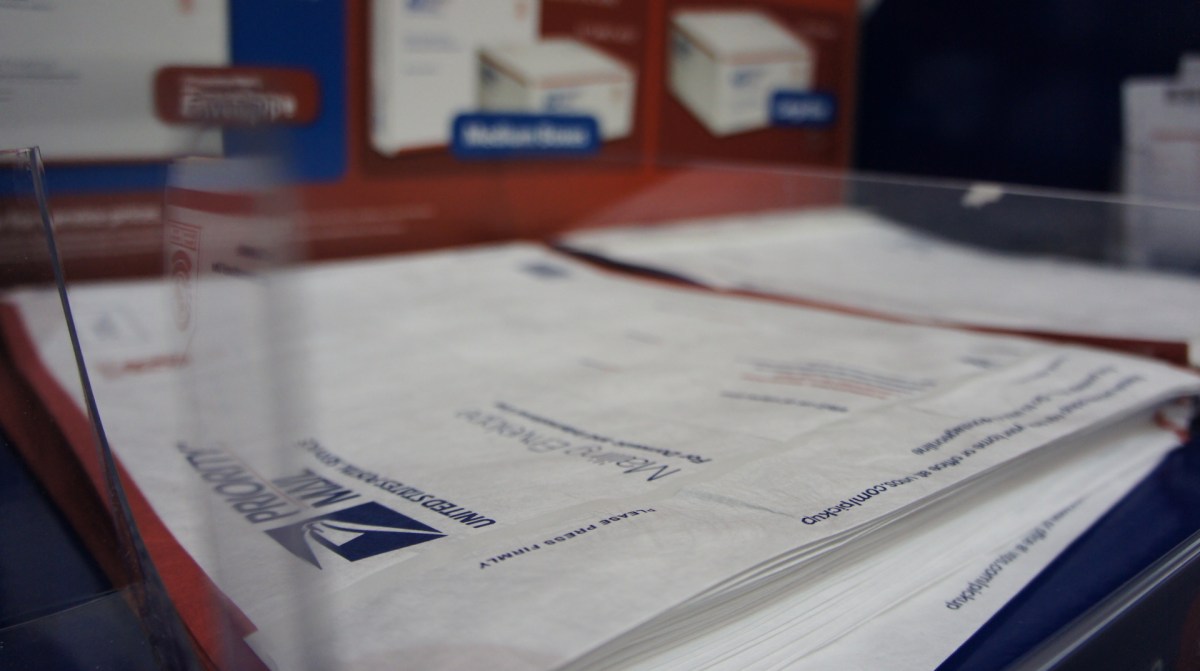USPS’s Informed Delivery transforming mail experience for Americans

Thanks to the U.S. Postal Service’s adoption of modern technologies like cloud, predictive analytics and artificial intelligence, Americans can now get a digital preview of their household’s incoming mail before it’s delivered.
The program is leading to a growing level of digital engagement with U.S. consumers and mailers and helping to generate new revenue streams for USPS. Called Informed Delivery, the USPS program delivered 12 billion digital images to 24 million consumers in 2019 with a growth rate of more than 200,000 customers a week. Along with that, Informed Visibility also offers “a wealth of real-time information to our customers and employees about the movement of mail through our network,” according to the Postal Service’s annual report.
The pilot for the program started in 2014 in the Northern Virginia region with about 10,000 users, said Bob Dixon, USPS’s director of product technology innovation. The vision for Informed Delivery was to offer Americans a more digital, responsive experience with their mail.
“We were seeing consumers starting to expect a digital experience with just everything they did to engage a brand,” Dixon said. “It wasn’t just about getting email marketing or banner advertising. It was an expectation by consumers to have some digital portion of every experience.”
Getting to that point, however, required investments in information and technology capabilities. Some were as simple as an “intelligent mail barcode” found below the address on business mail, while others involved more modern technology, like updating imaging devices to all mail processing equipment.
“We for the first time had the ability to show consumers a digital aspect of their mail, just from what was in the mail stream already,” Dixon said. “We leveraged those investments that had been designed and implemented to facilitate mail processing, and turned those into a product that we that we could give to our consumers.”
Particularly important to the program is a cloud environment that USPS will use to process incoming image files and generate millions of daily digest emails. This environment can be easily scaled depending on the volume of images in a given day, said Pritha Mehra, USPS’s vice president of IT.
Informed Delivery is going through a new set of pilots using containerization and serverless technologies to compare the performance and costs of the various cloud deployment options, Mehra said.
“Containerization makes the code more portable between cloud platforms and container management services allows the platform to automatically scale to the capacity that’s needed,” said Mehra. And through serverless technology, she explained, USPS provides the code and the cloud providers deliver the ability to manage the underlying infrastructure.
The Postal Service also saw a business opportunity to increase revenue through marketing content, allowing senders to include calls to action or other materials with the mail previews — “something that we can give to our mailers as an opportunity to really keep mail relevant and engage with a modern consumer,” Dixon said.
In a world that’s becoming more and more digital-driven, Informed Delivery is about more than a black-and-white preview of mail for the USPS. It gives the service a chance to make the physical medium of mail more responsive.
“Could we get consumers to respond more to a physical piece of mail if we added these digital aspects to it?” Dixon said of the pilot. “Our initial testing was designed to gather that data and it showed strongly that when we include an image in the daily email to a consumer and we gave them a response channel, they were far more likely to respond to that physical mail than they were if it were just the physical mail piece alone. And so for that reason, we started to continue to explore and further the program.”
It was a success. Between 57% and 65% of the email sent through the program was opened, often within an hour of receiving it. Additionally, 93% of consumers say they are satisfied or very satisfied with the service; and 94% would recommend it to friends, family or colleagues.
And to improve customer satisfaction even more, USPS is enlisting artificial intelligence, analytics and customer relationship management tools to predict package delivery events and why people are reaching out to its call centers.
The question is: “What do we need to do to basically solve the issue before they ever have to make a phone call?” Mehra said. “And so we are doing deep analysis and have developed AI models to precisely predict when a package will be delivered.”
At the end of the day, Informed Delivery “is about mailer participation,” Dixon said. In addition to driving “consumer satisfaction,” he said, it was important to USPS to continue demonstrating its value and utility in the modern mailing industry.
“In order for us to continue to be relevant, we need to serve both audiences. And the more mailers that participate and get value out of informed delivery, the better we’re doing,” Dixon said.




